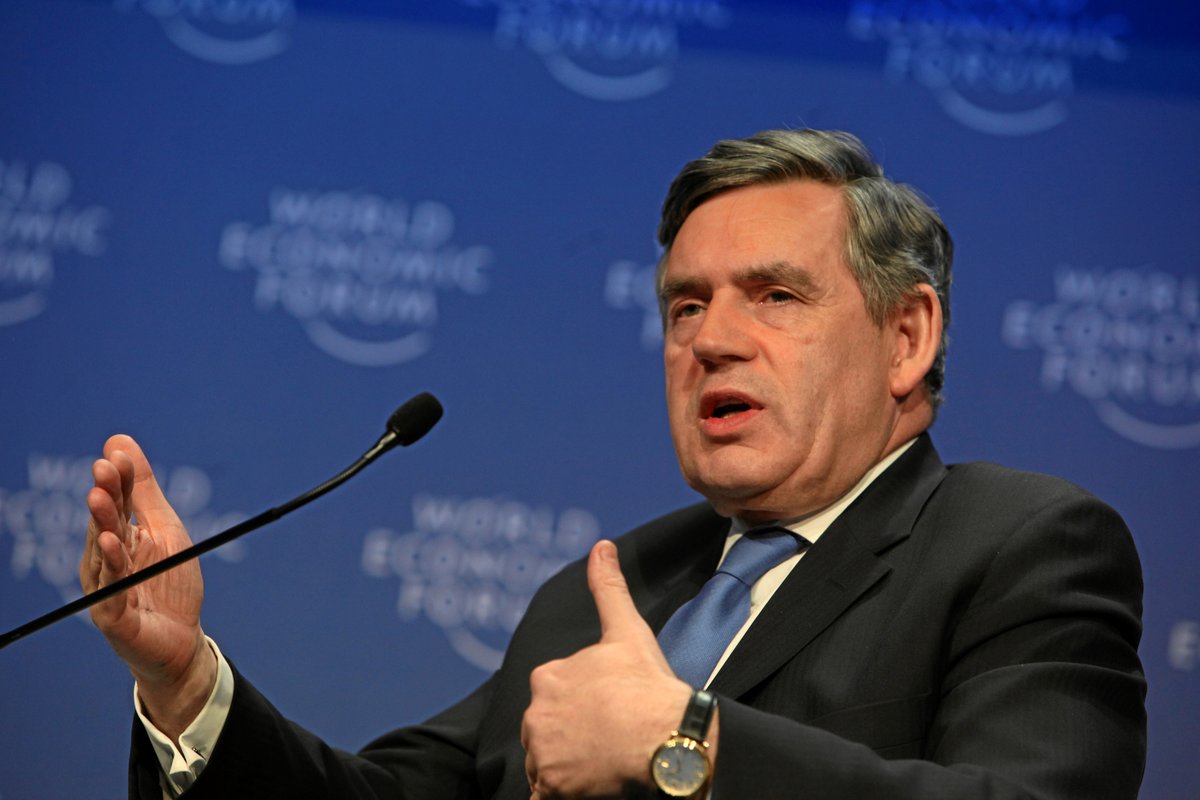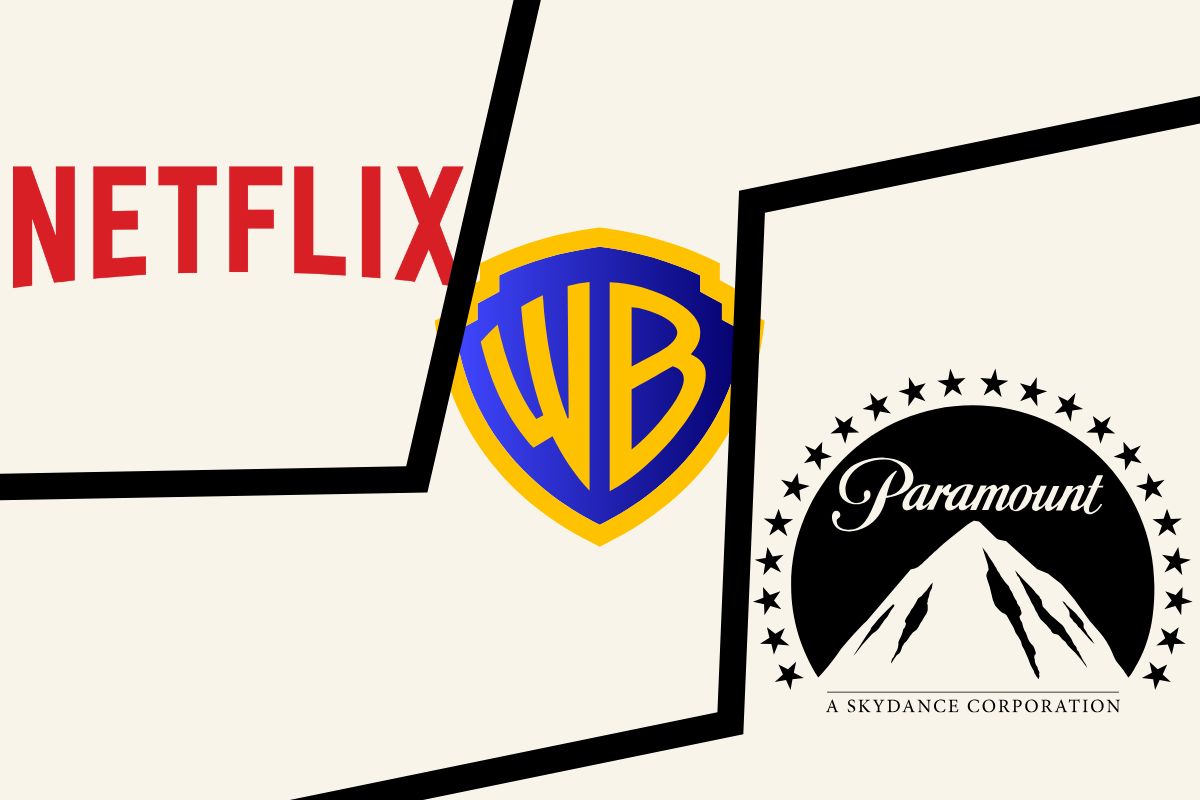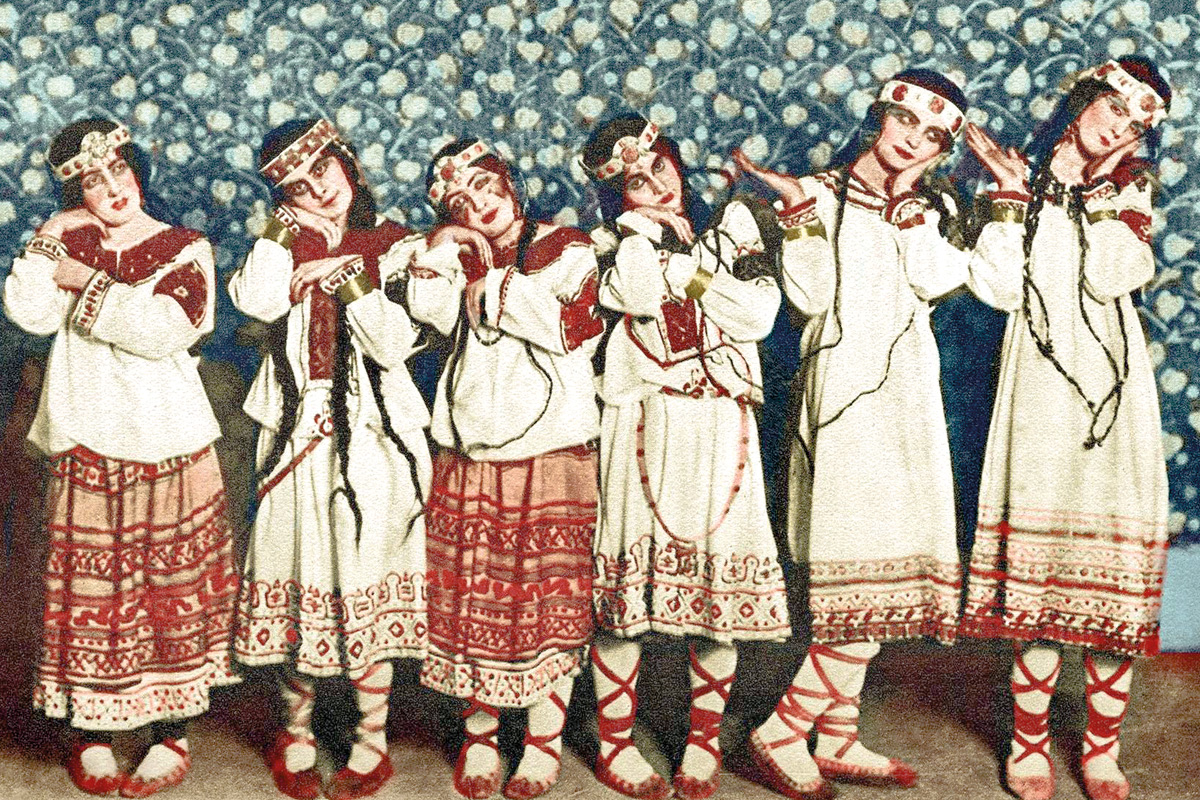A recent documentary by the BBC attempts to rehabilitate the leading architects of the New Labour project. But workers and youth will not be fooled by this propaganda. The legacy of Blairism is one of war, privatisation, and corruption.
This five-part BBC documentary series should have begun: “Ladies and gentlemen: the story you are about to hear is true(ish). Only the facts have been changed to protect the guilty.”
The Blair / Brown years are presented as being solely about personalities rather than events. This is why conflict arose at the top, we are told. However, on all the key issues, Blair and Brown (along with the rest of the right wing) agreed – as they still do.
Politically, despite attempts to present themselves as new, they were just a continuation of the old right-wing Labour establishment. In office, New Labour was a Tory-lite government in effect.
To assist in the programme’s airbrushing of history all manner of Blairites, assorted right-wingers, hangers-on, cronies, and even the odd Tory are wheeled out. Not a single left-winger is interviewed, except Labour MP Diane Abbott – true to the BBC’s form on ‘balance’.
It’s clear that this series is about restoring the Blair (and Brown) legacy.
Rise of Blairism
 Blair’s rise is presented as a natural fact, ordained from above; a logical progression from Kinnock onwards. The programme only touches on the huge press campaign (backed by the establishment) to make Blair’s election as LP leader a shoe-in after the sudden death of John Smith in 1994.
Blair’s rise is presented as a natural fact, ordained from above; a logical progression from Kinnock onwards. The programme only touches on the huge press campaign (backed by the establishment) to make Blair’s election as LP leader a shoe-in after the sudden death of John Smith in 1994.
In fact, Blair was being pushed for the job even before Smith’s body was yet cold, such was the desire of big business to see their man in place.
The programme presents the Blairite view as if it were fact. Yet the actual details of these ‘facts’ are often avoided, and instead we get endless mentions of ‘modernising’ and ‘earning the trust’.
Briefly, Blair slides into talking about a post-class, post-trade union society (and party), but otherwise that is it. Blair’s grand vision of a so-called Third Way is, however, quietly shunted away to avoid embarrassment.
The 1997 general election is here presented as a great victory for Blair and what he stood for. Yet the figures show that the key factor was the staggering collapse of the Tory vote. Interestingly, Labour’s vote only went up by two million, whereas the Tories’ was down by four-and-a-half million.
The tsunami of problems over ‘Black Wednesday’; splits in the Tories over the European Union; corruption scandals and so on: all these led the establishment to switch to rebranded ‘New’ Labour. In the ruling class’ hour of need, Tony was more than happy to come to their rescue.
Totally omitted is the fact that all the early reforms of the Blair / Brown Labour governments – the minimum wage, windfall tax, etc. – were only allowed by the establishment on the back of an upturn in the world economy.
Not to mention that these reforms were underwritten by an extensive use of credit (as well as the intensification of labour – ‘the agony of toil’). The resulting problem with which neither Blair or especially Brown ever noticed.
The beginning of the end
 Just as it seems the New Labour dream could never end, suddenly the focus turns to 9/11, Afghanistan, and the Iraq War. Blair lays his ‘I have emotions’ routine on thick, alongside footage of the one-million-strong anti-war demonstration in 2003.
Just as it seems the New Labour dream could never end, suddenly the focus turns to 9/11, Afghanistan, and the Iraq War. Blair lays his ‘I have emotions’ routine on thick, alongside footage of the one-million-strong anti-war demonstration in 2003.
Of course, neither the invasion of Afghanistan nor the Iraq War are ever fully explained. And, although they show the (much) later presentation of the Chilcot Report, it is as if all the revelations about the imperialist war didn’t exist. Instead, we’re treated to a moralising Blair ‘agonising’ over the consequences of his actions.
The two elections after the 1997 landslide would see Labour winning again, but shedding millions of votes. This not only reflected the unpopularity of the Iraq War, but the realisation that the Tory-lite measures being pushed through (PFI, privatisation, school academies, no renationalisation of public utilities etc.) were not delivering for ordinary people.
The main aim of Blair and Brown was to present themselves as acceptable to capitalism. They were apolitical ‘technocrats’, ready to administer the system in a more effective way, they said.
When Blair was too toxic to continue in the eyes of the establishment, they manoeuvred Brown in to take his place in 2006. After the 2007/08 crash, Brown is even credited with ‘saving’ the world economy from ruin.
What’s not mentioned is that he introduced the basis for huge austerity cuts, bailouts for the rich, etc; let alone that the crash itself had exposed the rotten edifice that was world capitalism – the very edifice that New Labour was based on and defended as being ‘modern’. In truth, George Osborne would simply be a continuation of Brown.
It is also worth noting that nothing after the Blair / Brown period is mentioned: Nothing on Blair’s links to assorted dictators; his money-making exploits; or even his faithful lapdogs and their role in sabotaging the election of a Corbyn-led Labour government.
Despite the attempts by the BBC and others to rehabilitate Blairism, for millions of workers and young people, Blair will be forever known as a capitalist war criminal.
That is the true legacy of both Blair and Brown, and Starmer’s drab tribute act will only lead the Labour Party into a dead end.






